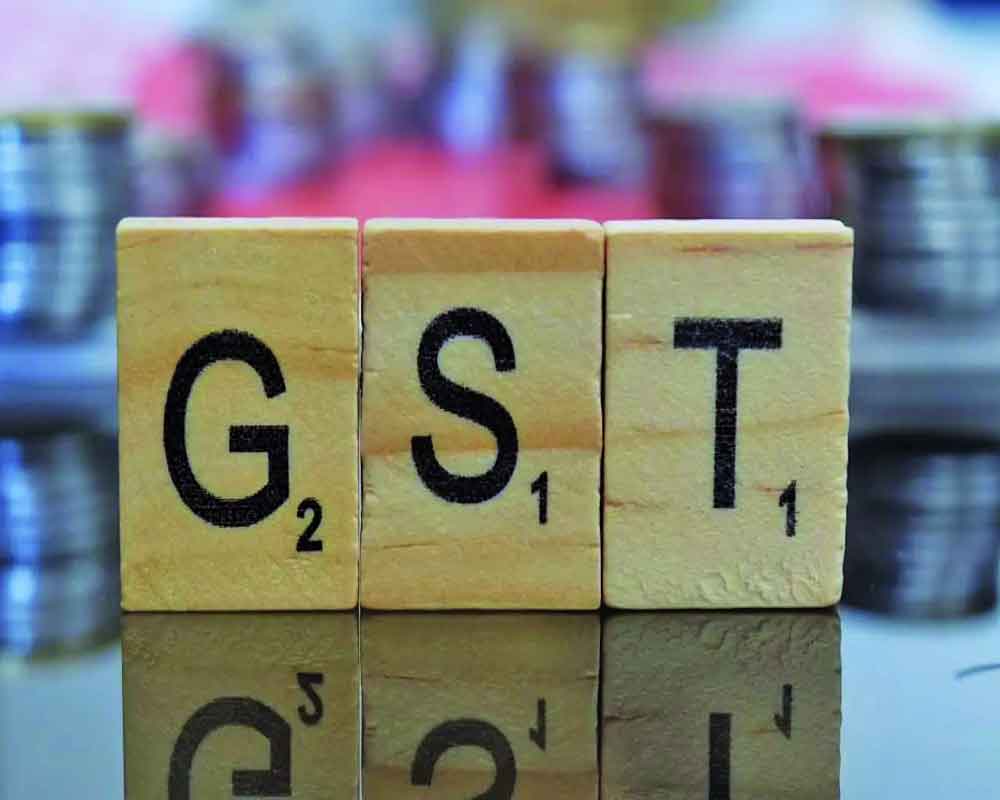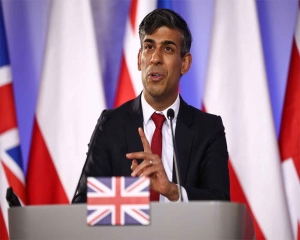The existing GST structures, along with the prevailing income tax slabs and exemptions, need urgent revision to rid our nation’s tax system of anomalies
The complicated tax system in India with six-decades-old Income Tax Act, 1961, with too many amendments in the form of a lot of confusing patch-works is in force. Likewise, ever since a reformative step of introducing the Goods & Service Tax (GST) Act has been taken with effect from July 1, 2017, there has been a regular practice of changing tax-structure in an ever-confusing GST regime with too many confusing and complicated provisions incorporated in the system.
An altogether new tax-regime should be introduced without patches of useless and largely misused exemptions. Implementation of Raja Chelliah Committee recommendations to fix the highest tax-slab at 30 per cent to be in tune with most countries in the world had largely abolished the practice of converting black money into white money. Gradually increasing this highest slab also through imposing cess and surcharges has undone the good achieved.
Highest tax slab of 30 per cent should be restored so that people may find it advantageous to bring complete income to books. Rather a permanent Voluntary Disclosure Scheme should be introduced whereby provision may be there in tax-return to declare at highest suggested tax-rate of 30 per cent, any income without disclosing source of income. This will make cash transactions in property deals accounted for if registration fees on them are also reduced to just three per cent. Names of all those disclosing incomes under the suggested highest 30 per cent slab should be on the website according to income disclosed so that status conscious persons may race to disclose more incomes.
Basix tax exemption should be fixed at rupees five lakhs paving way for abolishing most tax exemptions, including on charity, donation, contribution to political parties and even agricultural income, which are largely misused. For instance, an ordinary farmer does not earn more than Rs five lakhs, and the provision is grossly misused by ultra-rich persons, including known celebrities, to declare their unaccounted income as agricultural income through some village land purchased only for the purpose without practically having any agricultural produce.
Income Tax slabs should be 10 and 20 per cent for incomes between 5-10 lakhs and 10-15 lakhs respectively and thereafter 30 per cent for rest. LK Jha committee recommendations to make calendar-year as financial-year should be implemented in line with most countries of the world, thus abolishing another British legacy of following April-March presently as Fiscal Year.
It is ridiculous to have different Depreciation-Rules for Tax and Corporate audits. Rather there should be a single and unified Tax and Corporate Audit.
Rather than concentrating more on small cash-transactions like through BhimApp, etc., which results in fraud for illiterate persons, all sale-purchases above Rs 10000 may be compulsorily through bank transactions. For this, transaction-charges on credit-cards should be slashed down to just half a per cent (GST-exempted) that too to be borne by central government with all incentives on purchases made through credit-cards abolished.
Presently, high 2 per cent transaction charges on credit cards make traders charge it separately from customers specially where trade margins are low. Such a system will fetch higher tax-revenue for the government, than through half-percent transaction charges to be borne by Government.
Banks issuing credit cards will get much more earning even with half per cent transaction charge because of manifold use of credit cards. Two sets of credit card swiping machines should be compulsory for every GST-registered dealer dealing also in cash so as to avoid payment receipt through credit cards with the usual excuse that swapping-machine is out of order.
The input tax credit system in GST-regime in manufacturing-sector is biggest corrupt practice of tax-evasion where left-out GST-invoices by ordinary customers are sold by traders to consuming manufacturers or producers to avail false Input-Tax-Credit where cash is paid back by traders to those purchasing left-out GST-invoices of actual consumers bringing more currency in circulation. This is the reason for the basic motive of currency-demonetisation being failed where currency in circulation rapidly increased rather than projected decrease.
Annual forensic audit may be made compulsory on claims made for Input-Tax-Credit by manufacturers/producers to avoid false claims of excessive Input-Tax-Credit in these sectors. Rather study should be made if with abolition of an excessively high 18-per cent GST slab, Input-Tax-Credit can be altogether abolished from manufacturing/producing sectors, retaining it only on tradable commodities.
But such reform in Input-Tax-Credit system can be practically possible with drastic reform in GST tax-structure wherein initially only three tax slabs of 6, 12 and 30 per cent may be there abolishing all presently existing GST-rates. India is the only country which has so many GST-rates. Gradually even slabs of 6 and 12 per cent may also be replaced by a new 10-per cent tax structure.
Zero per cent GST may only be retained on totally unbranded raw materials which cannot be consumed without giving a finishing touch like agricultural-products, fish, meat, cotton-yarn, etc. All items of long term use like cars, air-conditioners, TV sets, refrigerators, etc., may attract 30 per cent GST, while their parts may uniformly attract 12 per cent GST.
Unmindful policy framers brought clutch plate and clutch bearing under different GST slabs of 18 and 28 per cent. Likewise similar items sold by confectioners like sweets, biscuits, napkins, etc., attract different GST-slabs with luxury sweets causing diabetes attracts just 5 per cent GST.
To remove confusion and abnormality, invoices for items like gold-jewellery can be drawn in two parts, one for metal and embodied items and the other for making-charges so that suggested 12 per cent GST may be payable only on making-charges. Cess on extra-luxurious items should be replaced by additional GST slabs in multiples of 60 per cent, also bringing petroleum products under GST regime to ensure uniform pricing of petrol and diesel in all states.
Clubbing lower slabs of three and five per cent into single six per cent slabs will be more than compensated by abolishing slabs of 18 per cent. Input-Tax-Credit (ITC) system should not be applicable on non-tradable commodities and services like has been done, and rightly too, in case of car expenses for non-commercial use.
With GST slab of 18 per cent abolished and service sector attracting just 12 per cent GST, those with income of rupees ten lakhs or more (instead of present rupees 20 lakhs) can be brought under GST-regime like was the system before GST-regime. It is totally illogical to keep lawyers out of purview of the GST-regime.
The 18 per cent GST in the service sector is excessively higher where for example those participating in TV panels have to practically pay roughly half of honorarium in tax, including GST and income tax. Useless system of Tax-Deducted-At-Source for GST, which is hardly used in practice, should be altogether abolished. Or otherwise, any such deducted tax should be auto-reflected in GST-accounts of affected ones, abolishing cumbersome and additional practice of filing a new monthly return to get credit for deducted tax. Complete GST structure should be so simplified that small traders/manufacturers/professionals may be able to file their tax-returns by themselves without any need of GST-consultants.
All government payments can be considered to be exempted from GST to avoid unnecessary government-accounting by putting tax from one government pocket to another.
(The author is Guinness World Record Holder for writing most letters and RTI Consultant)


























